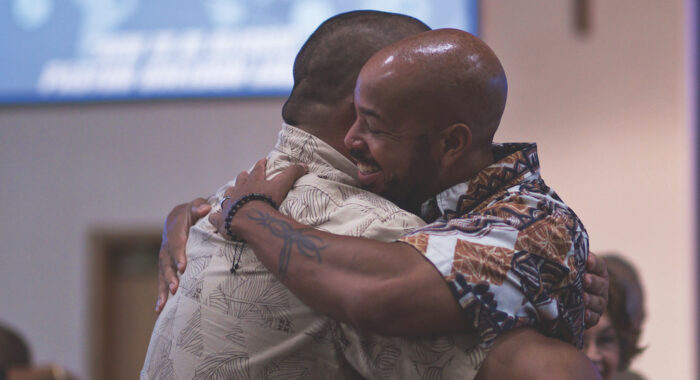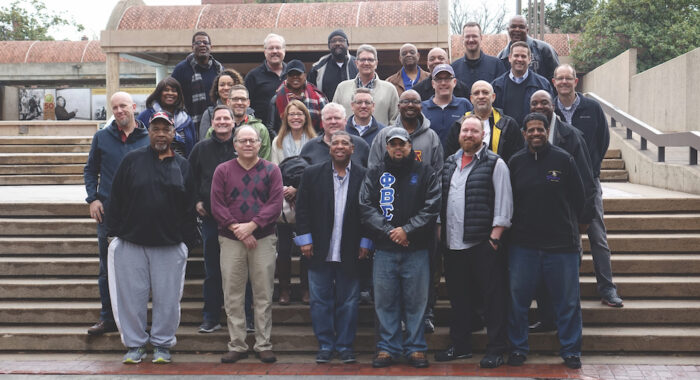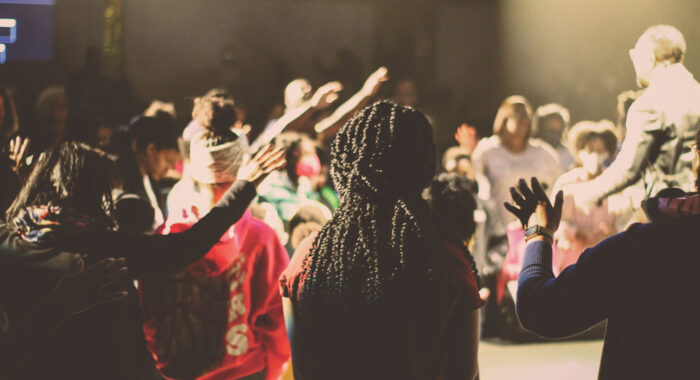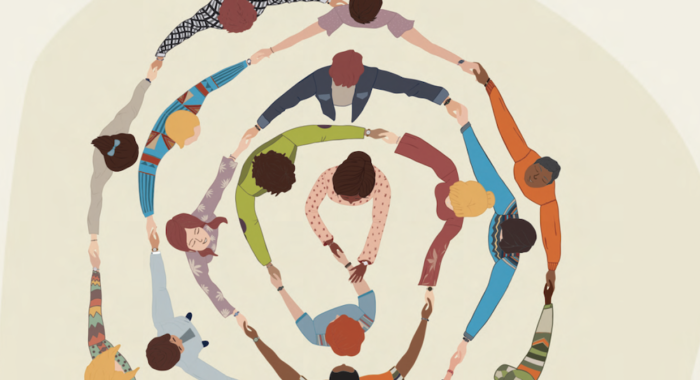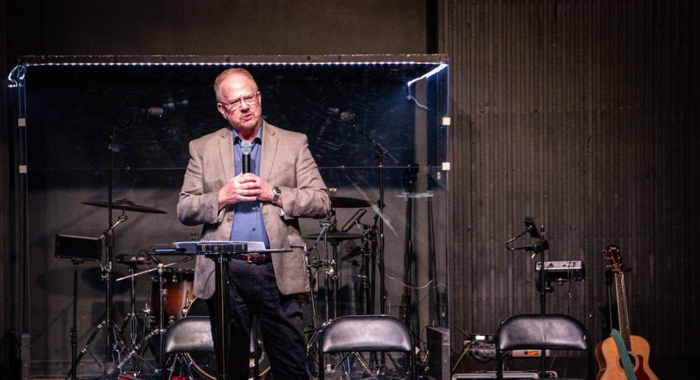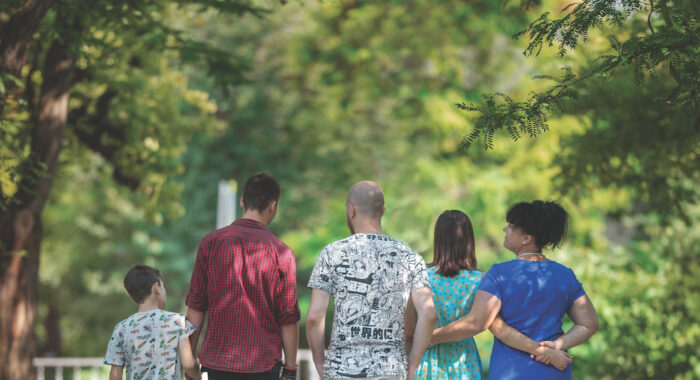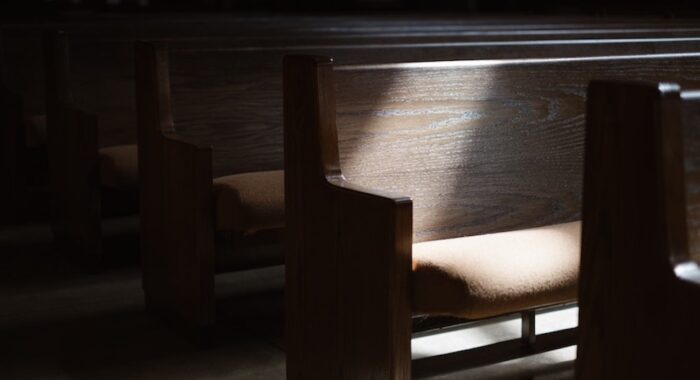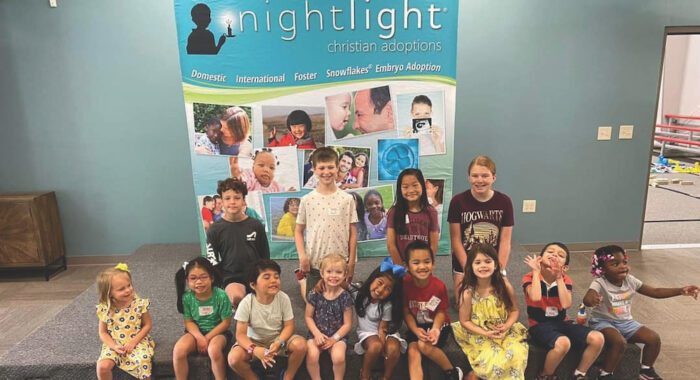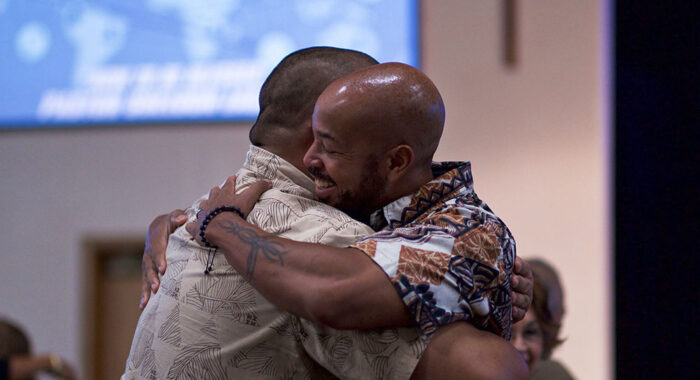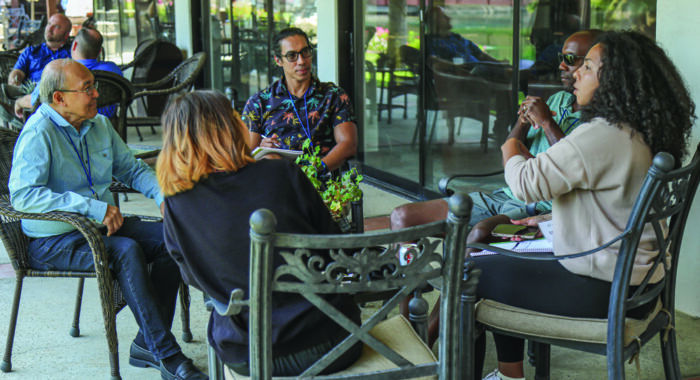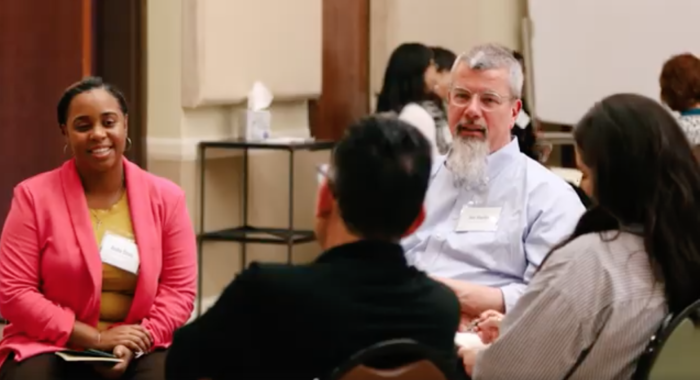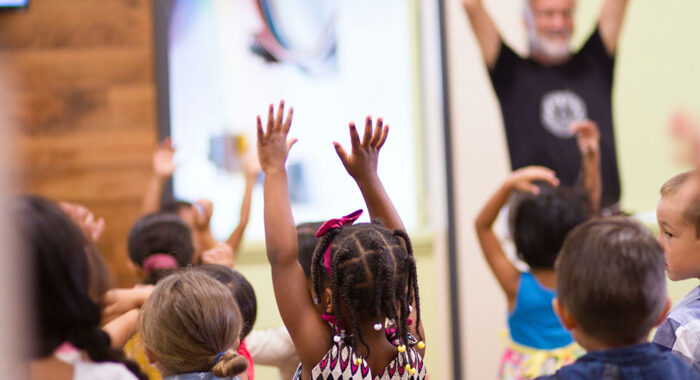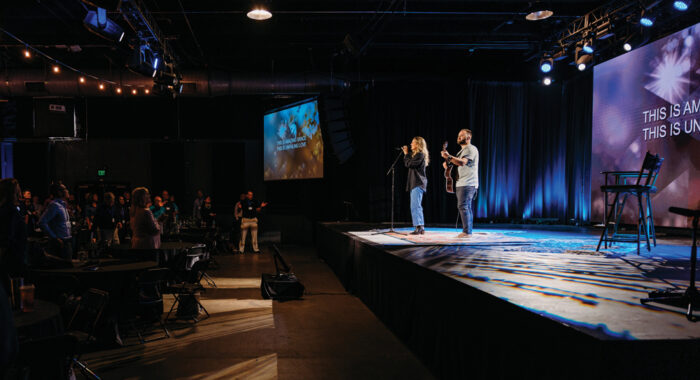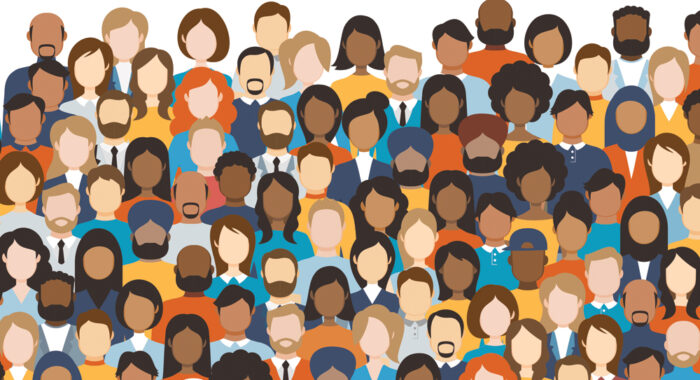The President’s Advisory Council on Faith-based and Neighborhood Partnerships brings together a broad cross section of America’s religious and non-profit leaders. Look around the room and the differences and variety are obvious. But, we came together over the past year about “trafficking in persons” (TIP) or “modern-day slavery” that includes millions of forced laborers, child soldiers and those in the commercial sex trade.
Most of us on the Council admitted that we were not well informed. We knew there were problems but had few facts and fewer solutions. We heard reports, read books, sat through briefings, met victims and often had our hearts broken.
One expert said that young women trafficked in the United States are usually closely supervised by those who have brought them into the sex trade. We were told that there are only a couple of times when these women are alone and accessible for messages on how to escape: 1.) in bathroom stalls; and, 2.) at church services.
Posters attached to the inside of doors in public restrooms can tell a girl how and where to get help. But, I had never before heard that pimps will allow girls to go to church. I suddenly realized that once again the church can be the place of hope and deliverance for those who have been enslaved.
The place to start is probably not the establishing of a safe house — that’s more than most churches can do alone. But, we can connect to local agencies seeking to set slaves free. We can give permission to talk about anti-trafficking in our congregations. We can encourage our police departments and schools to train officers and teachers on the telltale signs of trafficking so that victims can be helped.
We are followers of Jesus who began his public ministry saying that “the Spirit of the Lord is on me, because he has anointed me to proclaim good news to the poor. He has sent me to proclaim freedom for the prisoners and recovery of sight for the blind, to set the oppressed free…” (Luke 4:18).
This article originally appeared in the NAE Insight.
Leith Anderson is president emeritus of the National Association of Evangelicals and pastor emeritus of Wooddale Church in Eden Prairie, Minnesota. He served as NAE president from 2007–2019, after twice serving as interim president. He served as senior pastor of Wooddale Church for 35 years before retiring in 2011. He has been published in many periodicals and has written over 20 books. Anderson has a Doctor of Ministry degree from Fuller Theological Seminary, and is a graduate of Moody Bible Institute, Bradley University and Denver Seminary.




 View All Articles
View All Articles 











